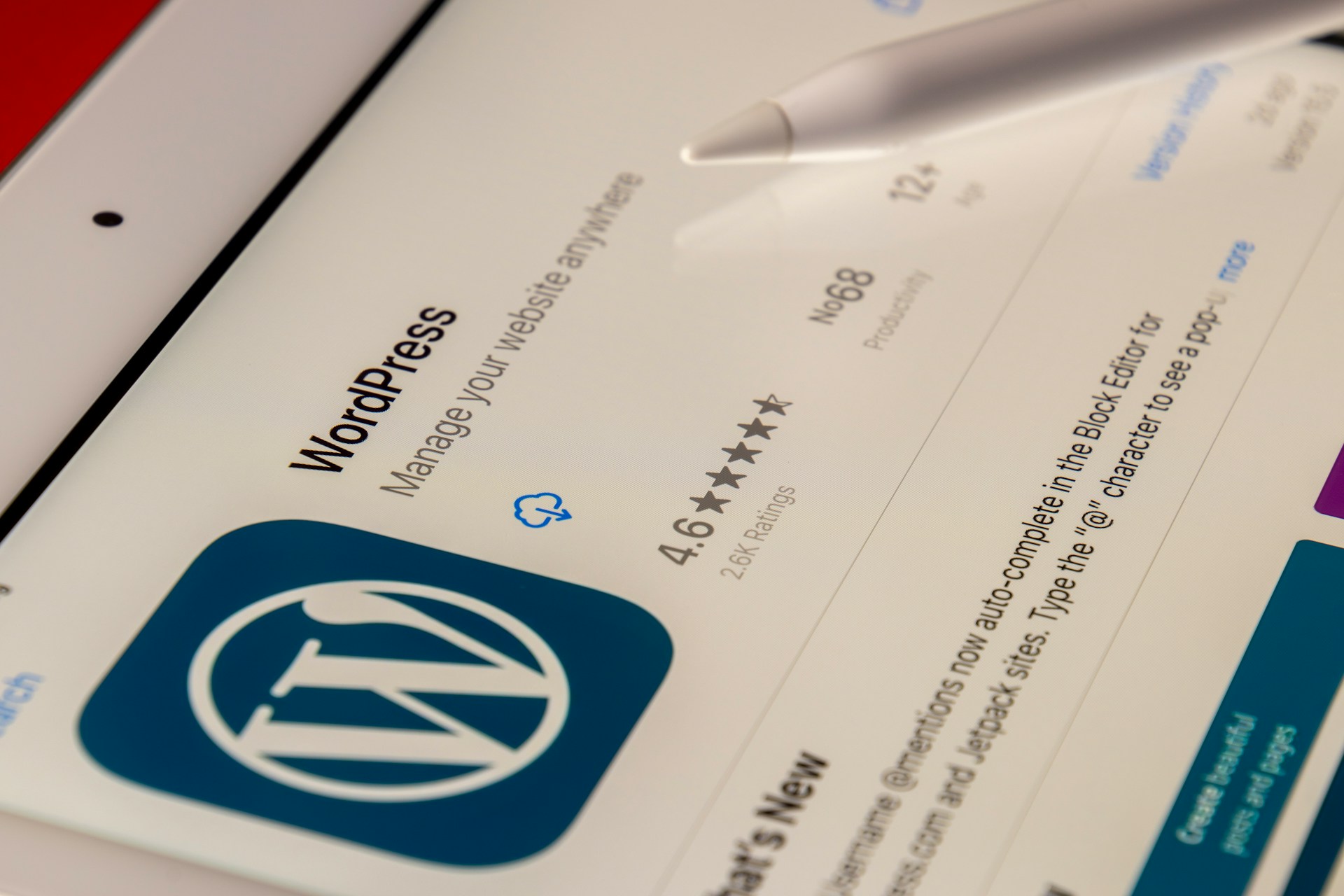How to Deliver a Successful Business Presentation
Think of some of the greatest orators you have ever had the opportunity to listen to. Martin Luther King, Barack Obama, Winston Churchill, and Nelson Mandela may quickly come to mind. You cannot help but marvel at the eloquence, confidence, and subject knowledge they seem to have.
Imagine the said individuals delivering a business presentation. Wouldn’t you love to be in that room? Some of the most outstanding presenters truly seem to have the ability to sell sand in the desert.
Now here is the good news, you can, with a bit of practice, perfect your presentation skills. We will show you how in our article below.
- Prepare Well For the Presentation
One of the biggest mistakes is not to prepare well for the presentation. Start by getting an intimate knowledge of the subject matter. Do as much research as you possibly can to cover your bases. The audience looks at you as the expert. If you fumble, mumble and seem to have a jumbled thought process, you lose credibility.
When putting together the presentation, take advantage of the tools you have at hand. PowerPoint slides, for example, are excellent for business presentations. There is so much you can do to increase engagement with your content.
Slideshows add visual interest. You have the option of using images and audiovisual content in the slides. Best of all, you do not have to create the slides from scratch. There are tons of professional PowerPoint, Keynote and Google Slides templates that you can customize as you wish.
The rule of thumb is to stick to the 10/20/30 rule. That means:-
- You should have a maximum of 10 slides. You must capture the essence of the problem and the solution. Also, talk about steps to achieving the solution, timelines, and the summary.
- 20 minutes is sufficient time to present what is on the slides. The truth is no one wants to sit through a long presentation. You will lose the attention of your audiences once they start to feel boredom creeping in.
- 30 refers to the font size. You don’t want the people sitting at the back of the room straining because you decided to use a small font.
If you need to, prepare cue cards for essential things you need to remember. Don’t have too much information on the slides. Remember, you want the audience to listen to you. If they have to read the slides for themselves, you might as well email them the presentation and save everyone some time.
Quick tip. Research the audience because it will determine how you do the presentation. If the presentation is for younger audiences, you can get a bit creative. Animations, fancy fonts, loud colors, and ‘cool’ images will work well.
For older or more professional groups, the slides need to be simple and clean. The same applies to the fonts you opt for.
- Practice Your Presentation
A couple of things happen when you do not practice your presentation. You may keep referring to the slides because you cannot remember what is on them. In other cases, you read everything, word for word. You spend the entire session looking at your laptop and not the listeners.
The audience sees you as unprepared, and they will disengage. When you finally look up, half the room will be empty. The ones who stay behind will be busy on their phones or taking a snooze.
Stand in front of a mirror and imagine you are in a room full of listeners. Now go through the presentation as you would. Think about it much like a rehearsal before the main play.
After practicing a couple of times, it is time to do it in front of someone who can give feedback. Now is the time to call in that friend who has no filter when it comes to honesty.
If you are a boss, do not call in a junior team member. He will not be able to give feedback due to fear of reprisal.
- Develop a Presence
Have you ever met an individual who walks into a room, and time seems to stand still for a moment? They have such a presence that everyone immediately notices. Yet, if you were to try and pinpoint what it was about the person, you may not even be able to do it.
Presence is not about physical size. A diminutive person could still elicit the same reaction. Rather, it is a combination of factors, including grooming, confidence, and self-awareness. Such individuals shake hands firmly while looking you straight in the eyes.
Here are some things that will help you with this.
- Take time in picking your wardrobe. If presenting to business executives, a nice suit, tie and shoes are a must. For Gen Z or millennials, you can tone it down a little to fit in better. A nice jacket and a pair of jeans could work. For this, we go back to the point of researching your audiences.
- Pay attention to grooming. Trim your beard, nails, and hair. Go easy on the cologne and perfume.
- Watch out for telltale signs of nervousness, like shifting from foot to foot. It will distract the people listening to you. Do not focus on the nervousness because it will only increase it. Think happy thoughts, like landing the deal. And, please do not forget to breathe; you can get excellent breathing techniques from the millions of yoga tutorials on YouTube.
- Maintain eye contact. You will always find 2 or 3 listeners who are friendly. Focus on them for a confidence boost. But, occasionally, shift your gaze to include everyone else.
- Tell Stories with the Presentation
Telling stories in a business presentation may sound weird. After all, you are supposed to maintain a touch of professionalism throughout. But, some of the greatest presenters sprinkle colorful anecdotes in the delivery. You achieve a couple of things by doing this.
- It keeps the presentation more interesting
- You’ve been an aspect of relatability in whatever you’re talking about. Relatability brings out an emotional aspect that will help to maintain top-of-mind awareness in the listeners
- Audiences will find it easier to visualize what you’re saying
- The right stories can help build connections that will simplify your message
But, you must be careful about the stories you choose to share. Understand your audience well and pick the right one. The stories you share with your buddies in the bar should stay there.
Talking about your drunken shenanigans over the weekend may be entertaining. However, it could leave an awful impression, which you may find hard to recover from.
- Do Not Try to Sound Too Smart
The consensus within the room is that you are the expert. That should be enough validation without you trying to be too clever. Some people come across as arrogant with how they speak. It almost sounds like they are talking down to the listeners.
Use language that is easy to understand. Swearing or vulgar language is something you may want to avoid.
Unless necessary, avoid subjects that could bring up controversies such as religion or politics. Do not express opinions on things that have nothing to do with the presentation. Your stand on the LGBT community will not be relevant to investors looking to buy into the construction business.
- Allow for Interaction with the Audiences
Some people may argue that interacting with the audience during a presentation may take too much time. But, we all know the value of a conversation in increasing engagement.
You can borrow a bit from some of the preachers or comedians. Ask questions that can elicit responses like yes or no. You want them to agree or even disagree with you.
The comedian Katt Williams has an interesting way of talking to the audience. He sometimes delivers a line that ends with a question. In waiting for the answer, he then tells them, .don’t worry, I’ll wait… and then he pauses for some time. Within that lull, audience members talk amongst themselves, laugh, and even clap.
- Make Time for a Q &A Session
At the end of the presentation, it is critical to have a Q&A session. For this, it is imperative that you have a deep knowledge of the subject matter. It also helps to develop a list of questions that you think your audiences are likely to ask.
A good idea is to collect several questions and then answer them at once. It saves time and helps avoid repetition, which is common with some audiences.
It is ok to be honest if you do not know the answer to a particular question. You can defer it to someone else within your group who may have the right information. You could also promise to email the answer once you clarify the issues.
Final Thoughts
The basics of preparing for a business presentation are pretty simple. Prepare well, know your subject matter/audiences, and practice. Take advantage of resources like PowerPoint templates to prepare your slides. You want professional-looking slides that allow you to communicate your message.
Why is Personalisation the Future of Web Development Services?
At present, custom web development is essential to ensure the success of a business concern. A…
0 Comments9 Minutes
Top Reasons to Hire WordPress Developers for Custom Website Solutions
Today, no business can possibly thrive in the digital realm without a strong online presence. An…
0 Comments13 Minutes
Why Link Building Remains a Key Pillar of Successful SEO
Why do some websites always pop up first on Google while others seem impossible to find? The…
0 Comments6 Minutes
Essential Features to Look for in an Enterprise AI Chatbot Platform
A prime of modern businesses and organizations in the rapidly growing digital environment is to…
0 Comments6 Minutes
Why Influencer Marketing is the Secret Weapon Your Brand Needs Right Now
Developing a solid relationship with your audience is more crucial than ever in the modern digital…
0 Comments7 Minutes
Keyword research tools for eCommerce to drive conversions
Why do some online stores seem to effortlessly attract customers while others struggle to get…
0 Comments13 Minutes
Key Trends in Local SEO: What Businesses Need to Focus on in 2025
What if your website gets lost in the digital noise? What if it fails to reach your target…
0 Comments9 Minutes
How a Restaurant Marketing Agency Can Transform Your Business
Food is the most important thing that helps a restaurant build its reputation. Apart from food, a…
0 Comments6 Minutes








